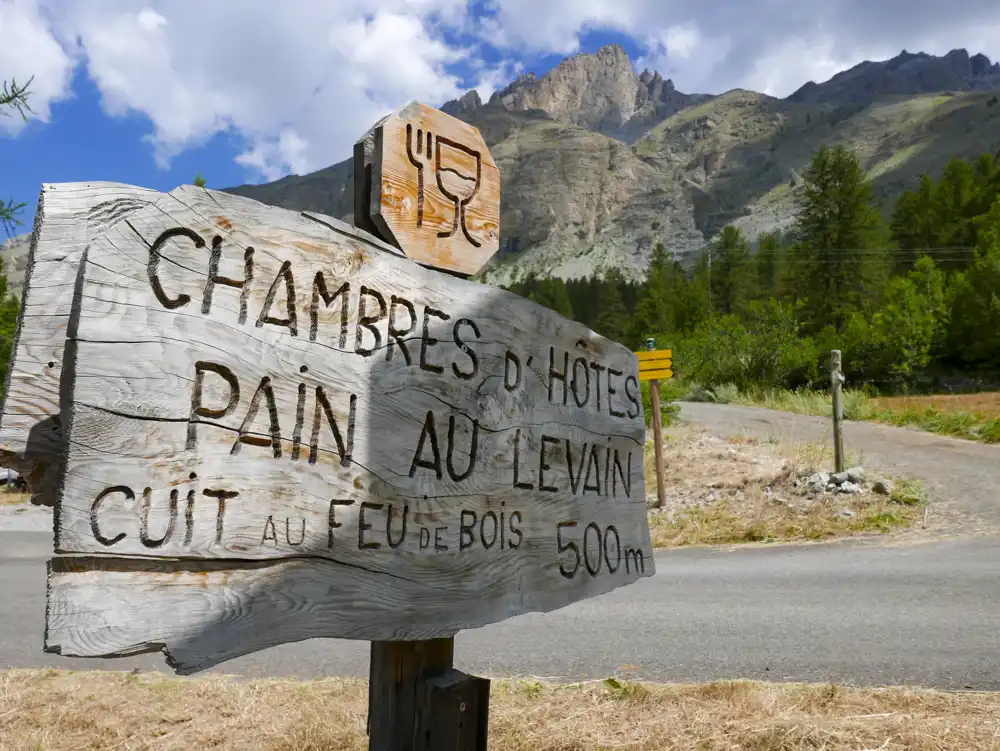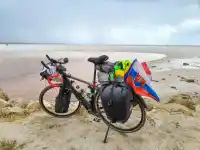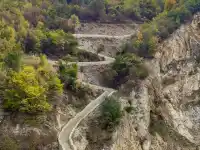Noro had a real masterpiece of a route planned for us. Just because the Grand Tour riders tackle it doesn’t mean we all need to be obliterated in the process, right? 🙂 We set off from Barcelonnette with a grueling itinerary ahead: Col de la Cayolle, Col de Champs, and Col de Allos—Three legendary Climbs of TdF, all over 2000 meters.
Col de la Cayolle
The climb to Col de la Cayolle offers one of the most scenic routes I’ve ever experienced. Starting in Barcelonnette, the journey begins with a nearly 15-kilometer flat stretch through a breathtakingly narrow canyon. Honestly, it’s one of the most beautiful I’ve ever cycled through.
But, as all good things must end, the road eventually tilts upward. When the first serious incline hits, your legs start screaming, and the real challenge begins.
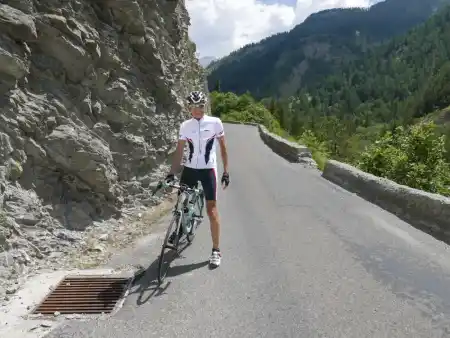
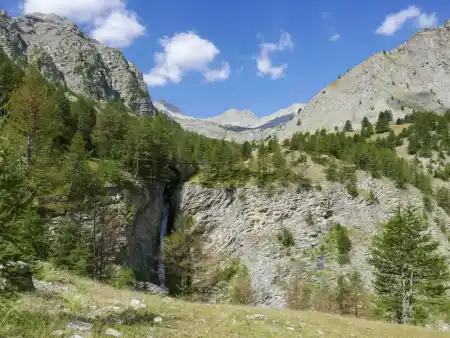
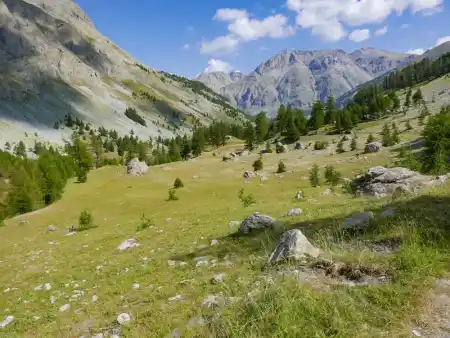
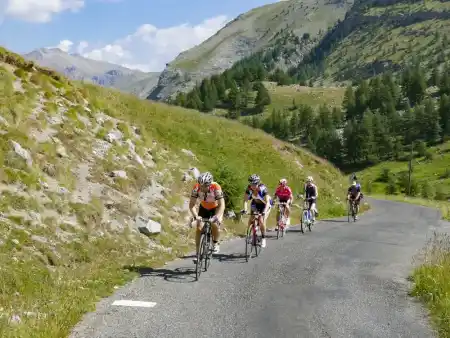
At 2320 meters, Col de la Cayolle is like cycling up Lomnický štít—but without the cozy lift from the couch. The last 6 kilometers of climbing take you through lush green valleys, and the views almost distract you from the pain.
Our group was diverse in both age and stamina. The oldest among us, well into his 60s, managed to sprint the final stretch to the summit. Watching him was humbling—a sharp contrast to the younger generation glued to their screens all day. Honestly, they wouldn’t have made it a third of the way.
The weather, thankfully, was on our side, sprinkling us with the occasional refreshing shower. At the summit, we posed for a group photo and faced a critical decision:
“If I descend, there’s no turning back.”
I may be crazy, but I wasn’t alone in my madness.
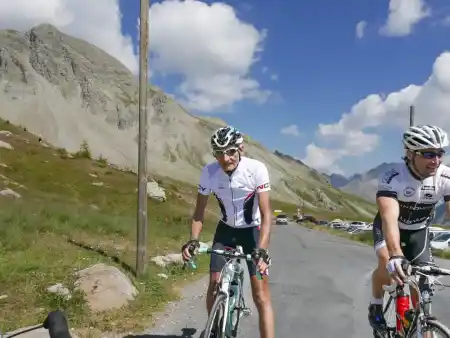

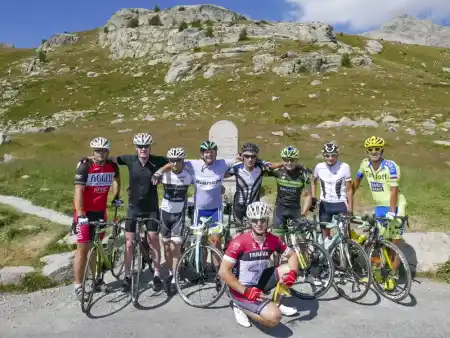
Col de Champs
The climb to Col de Champs felt surprisingly friendly. The 16.5-kilometer ascent with 1,055 meters of elevation at a 6.4% average grade wasn’t as soul-crushing as I’d feared. Still, the thought that there was no way back to Barcelonnette lingered in my mind. Once you commit, you’re all in—there’s no quitting.
At the summit, the group regrouped. Or rather, they waited for me. As the older, heavier cyclist in the group, there was no denying I couldn’t keep up with the younger “road hounds.” Fair enough. On these roads, the Tour de France peloton flies down at speeds over 70 km/h. That wasn’t happening for me.

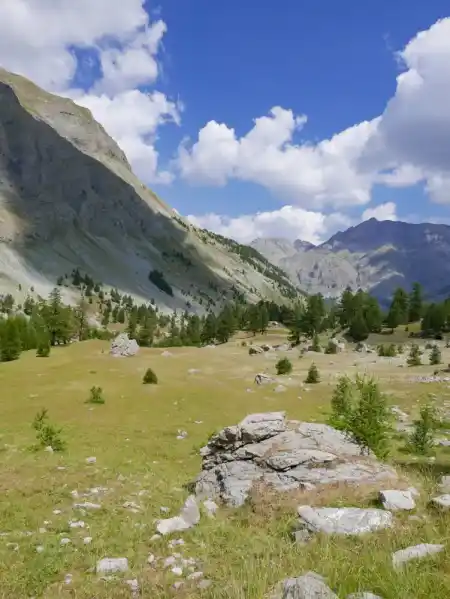
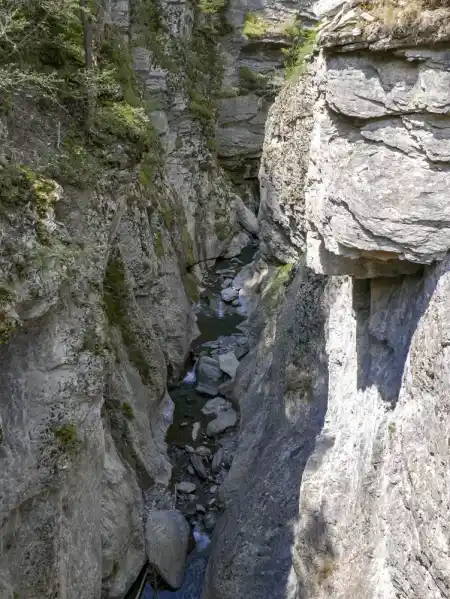
Col de Allos
By the time I reached the final climb, I was completely on my own—everyone else was far ahead. Col de Allos was the final punch in the face. At 135 kilometers with 3700 meters of elevation gain across three massive climbs, I’d reached my limit.
Descending from Col de Allos, however, presented a new problem: flies. Hundreds of them. No, thousands. I was drenched in sweat, the salt seeping through my pores like a neon “open for business” sign for these pests. They swarmed everywhere—my face, my arms, even my mouth. I couldn’t even stop to catch my breath or… do other things. Let’s just say they were overly enthusiastic about sourcing their “fuel” directly from the tap.
The higher I climbed, the worse it got. These flies and horseflies seemed tailor-made for torture. Where were the swallows? Why wasn’t nature’s food chain kicking in to save me? I was desperate. At one point, I even slapped myself— not out of frustration for attempting such a brutal route, but because the best way to kill them was to let them latch on first.
Descending from Col de Allos became a game of survival. I didn’t care about the views, the road, or the thrill—I just wanted to outrun the swarm.

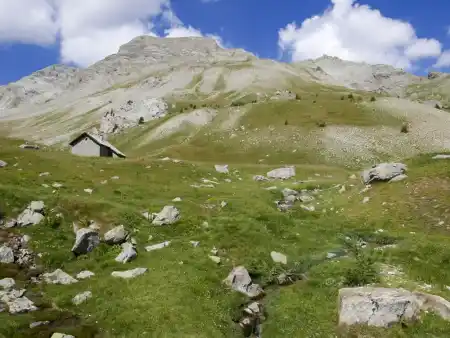
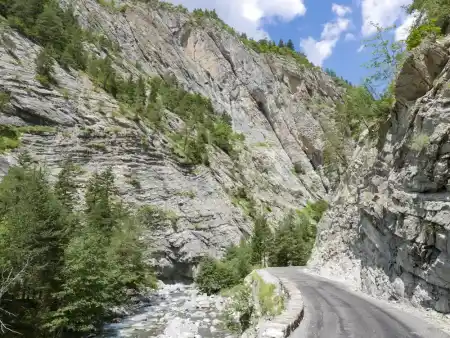
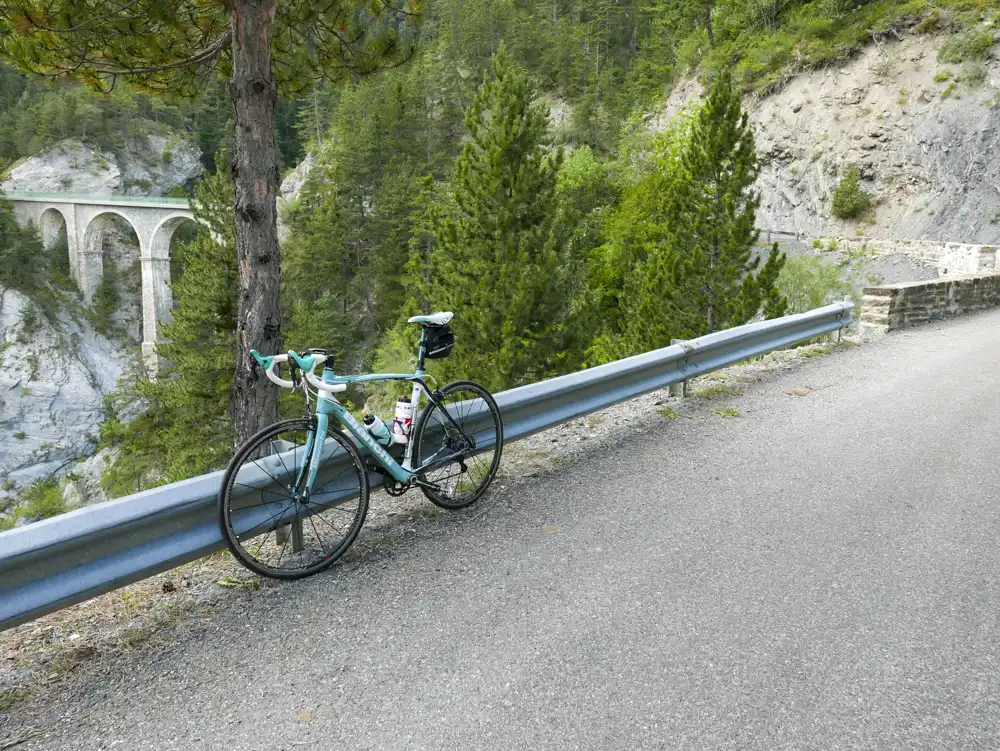
Surreal Scenery
Despite the misery, I couldn’t help but marvel at the engineering feats these roads represent. Winding through jaw-dropping canyons and mountains, the views are unparalleled. Every fiber of my being wanted to stop and take photos, to capture these moments. But the flies made that impossible.
Somehow, I made it past the summit, letting gravity do its thing as I hurtled downhill at speeds that felt equal parts exhilarating and reckless. It wasn’t long before I spotted Tour de France organizers preparing the route for the race in just a few days. Bales of straw, barriers, and safety features were being set up. Lucky them—they wouldn’t have to deal with the flies.
The Mental Game
Cycling these three passes wasn’t just about physical endurance—it was a mental battle. By the time I reached the valley, I was drained but proud.
“135 kilometers. 3700 meters of climbing. Three passes. Piece of cake. Pure bliss.”
Well, almost. Sitting on a park bench near Barcelonnette, I cracked open a beer—no, two beers—and devoured two baguettes loaded with jamón and cheese.
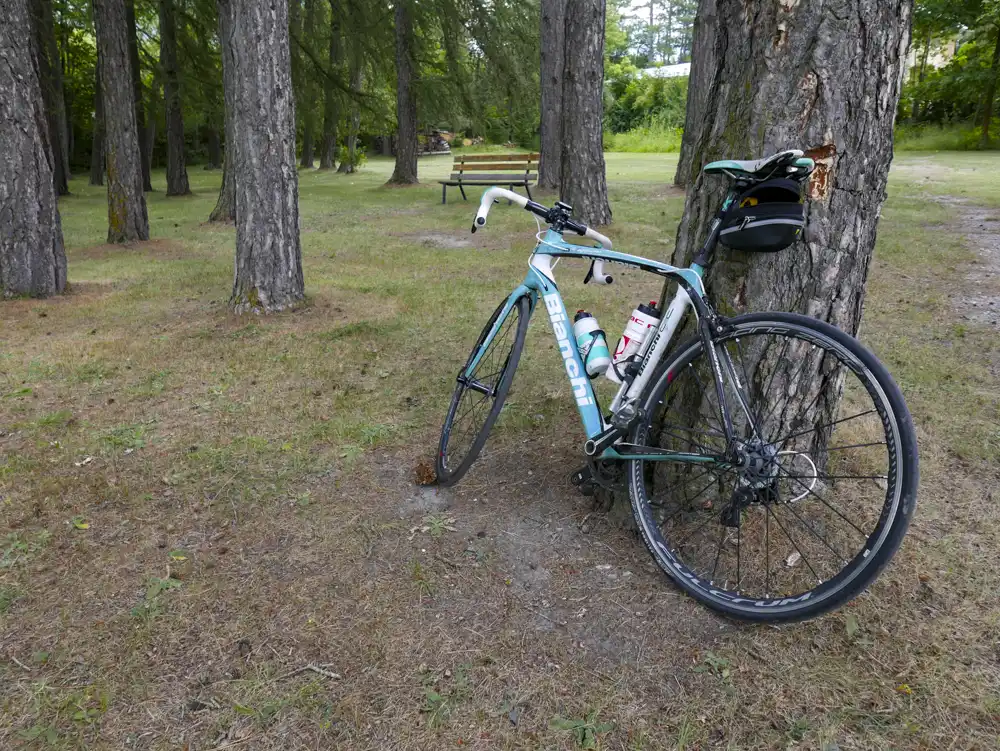
As much as I appreciated the accomplishment, I couldn’t help but laugh at the sheer absurdity of it all. Between the climbs, the kilometers, and the relentless horseflies, this trek had given me enough memories for a lifetime.
Would I do it again? Only if they promised me a golden flyswatter and unlimited credits for bug spray.
A Ride to Remember
Col de Allos will forever remind me of my greatest battle with flies. Still, this route—through breathtaking canyons and stunning peaks—was one of the most beautiful treks of my life.
But once was enough. Tomorrow, the Izoard awaits. Let’s hope it’s merciful.

